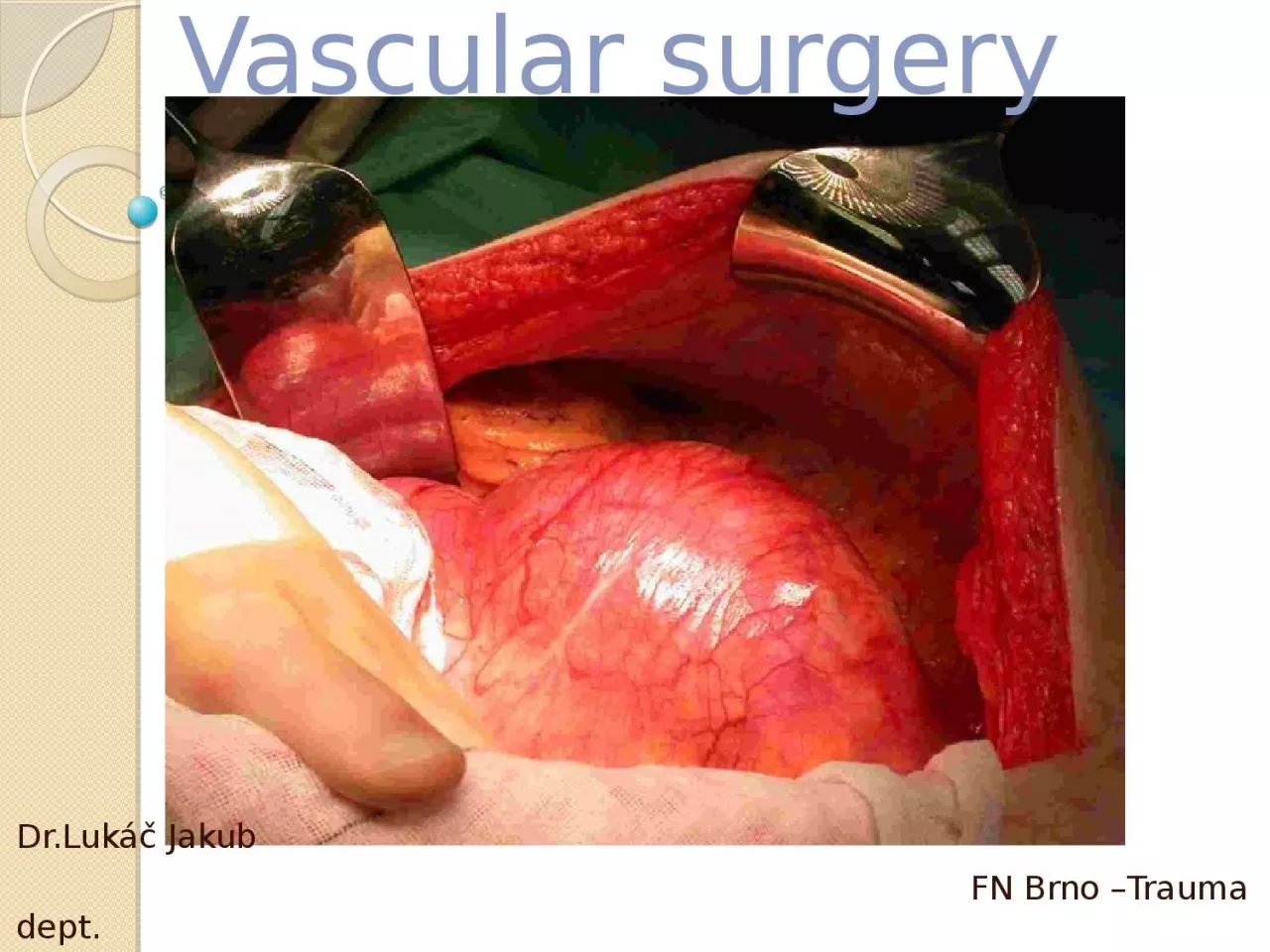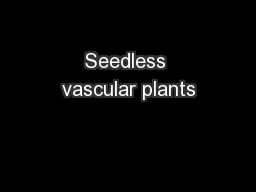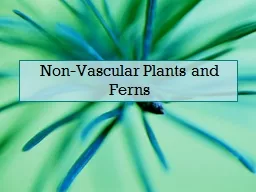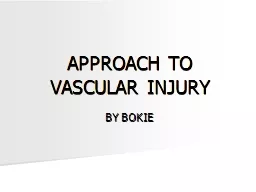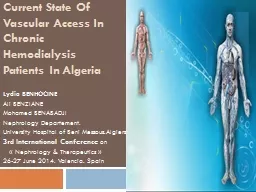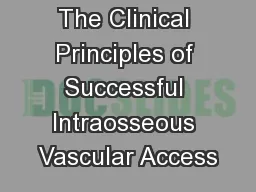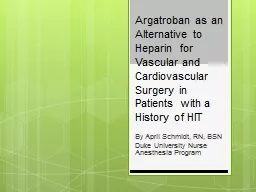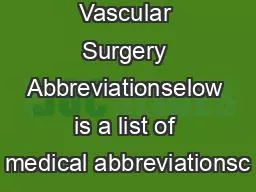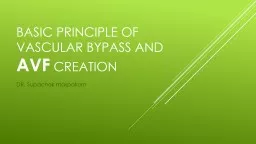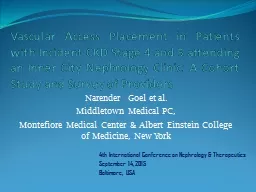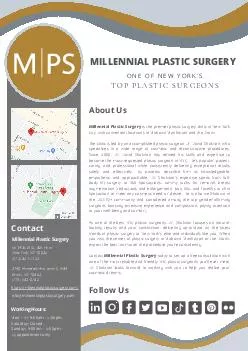PPT-Vascular surgery
Author : Ruggedman | Published Date : 2022-07-28
DrLukáč Jakub FN Brno Trauma dept little bit of history first Studies on egyptian mummies revealed that people more than 3500 yrs back suffer from atherosclerosis
Presentation Embed Code
Download Presentation
Download Presentation The PPT/PDF document "Vascular surgery" is the property of its rightful owner. Permission is granted to download and print the materials on this website for personal, non-commercial use only, and to display it on your personal computer provided you do not modify the materials and that you retain all copyright notices contained in the materials. By downloading content from our website, you accept the terms of this agreement.
Vascular surgery: Transcript
Download Rules Of Document
"Vascular surgery"The content belongs to its owner. You may download and print it for personal use, without modification, and keep all copyright notices. By downloading, you agree to these terms.
Related Documents

